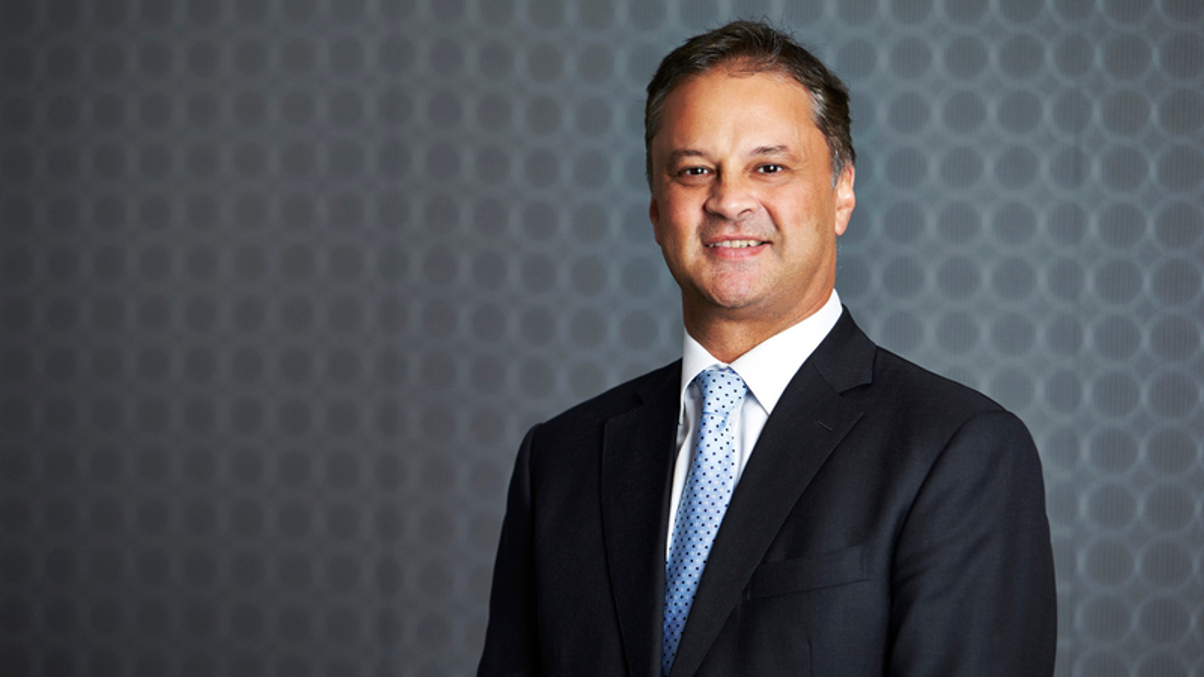Seeking higher-quality assets
John Pearce, chief investment officer of UniSuper

UniSuper is the retirement fund for Australia’s higher-education sector, with A$42 billion ($37.3 billion) in assets under management and 450,000 members. As CIO, John Pearce oversees about 35 investment professionals across all asset classes both domestically and globally.
Sign in to read on!
Registered users get 2 free articles in 30 days.
Subscribers have full unlimited access to AsianInvestor
Not signed up? New users get 2 free articles per month, plus a 7-day unlimited free trial.
¬ Haymarket Media Limited. All rights reserved.


